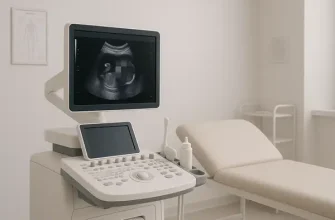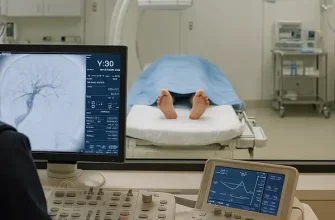The dangerous thing about breast cancer is that it often does not show any symptoms in the beginning. A woman may not even realize that she has a potentially deadly cancer growing in her breast. Usually, the tumor is discovered by chance, and sadly, it is often already advanced by that point.
However, when it comes to cancer, early detection and prompt treatment are crucial for a positive outcome and to save the lives and well-being of women.
Unfortunately, modern science still cannot prevent the development of cancer altogether. Therefore, the main focus should be on preventing and detecting the disease early.
How to Check
To suspect the presence of the problem, a woman can and independently. To do this should be monthly, starting from 18-20 years in the first week after menstruation to conduct a self-examination of the breast.
To do this, position yourself in front of a mirror, raise your hands up and carefully assess the appearance of the mammary glands. Next, alternately palpate each gland for the presence of thickening.
You should be on the lookout for:
- soreness, unpleasant sensations, burning;
- the presence of seals, “balls”, lumps, in the armpits or the mammary gland itself;
- asymmetry of the mammary glands;
- swelling, skin tension;
- “orange peel” skin;
- redness, nipple retraction;
- presence of discharge from the nipple, especially brown color;
- changes in the size, shape of the areola;
- ulcers on the breast;
- visible enlargement of axillary lymph nodes.
If you find the above symptoms, you need to consult a mammologist!
Professional Diagnosis
An oncological screening program has been developed for early detection of breast cancer. It includes the following examinations:
- Ultrasound of the mammary glands (women under 40 years of age). It is carried out from the 5th to the 12th day of the cycle, once a year;
- Mammography of the mammary glands (up to 50 years – every two years, after 50 years – every year). Conducted from the 5th to the 12th day of the cycle (if it is preserved).
These studies, mandatory for all women, allow to assess the condition of breast tissue and determine or exclude the presence of pathologic neoplasms.
All women over 25, even if they have no complaints, should be examined by a mammologist once a year and every six months by a gynecologist.
On the indications are carried out:
- MRI of the mammary glands (after 25 years) – this examination provides the most detailed and precise information on the condition of the breasts, and is five times more likely to detect malignant tumors at an early stage.
- A tissue biopsy is done to confirm the diagnosis when detecting tumors.
- Genetic testing is advised for individuals in the high-risk category who have a family history of breast or ovarian cancer and have been diagnosed with these cancers in their close relatives, in order to identify mutations in BRCA1/ BRCA2 genes.
Patient Story: Young Women Being Proactive About Breast Cancer
Brigit, a 28-year-old woman, noticed a lump in her breast while doing a routine self-exam. Without delay, she scheduled an appointment with her doctor. Following a biopsy, she was diagnosed with early-stage breast cancer. Thanks to her quick action, Brigit underwent successful treatment and is now cancer-free.
Emily, aged 32, experienced persistent breast pain and decided to consult a healthcare professional. After further tests, she was found to have a tumor. Emily began treatment promptly, undergoing surgery followed by chemotherapy. Today, she is in remission and advocates for regular breast screenings.
At 25, Mia detected changes in the size and shape of her breast. Concerned, she went for a mammogram which revealed abnormalities requiring further investigation. Mia’s proactive approach led to an early diagnosis of breast cancer. She underwent treatment without delay and is now leading a healthy life post-recovery.
Hannah, 30, noticed unusual skin changes on her breast and sought medical advice promptly. The dermatologist recommended a thorough examination, which uncovered a tumor. Hannah underwent surgery and subsequent radiation therapy. Her vigilance and swift action played a significant role in her successful recovery from breast cancer.









